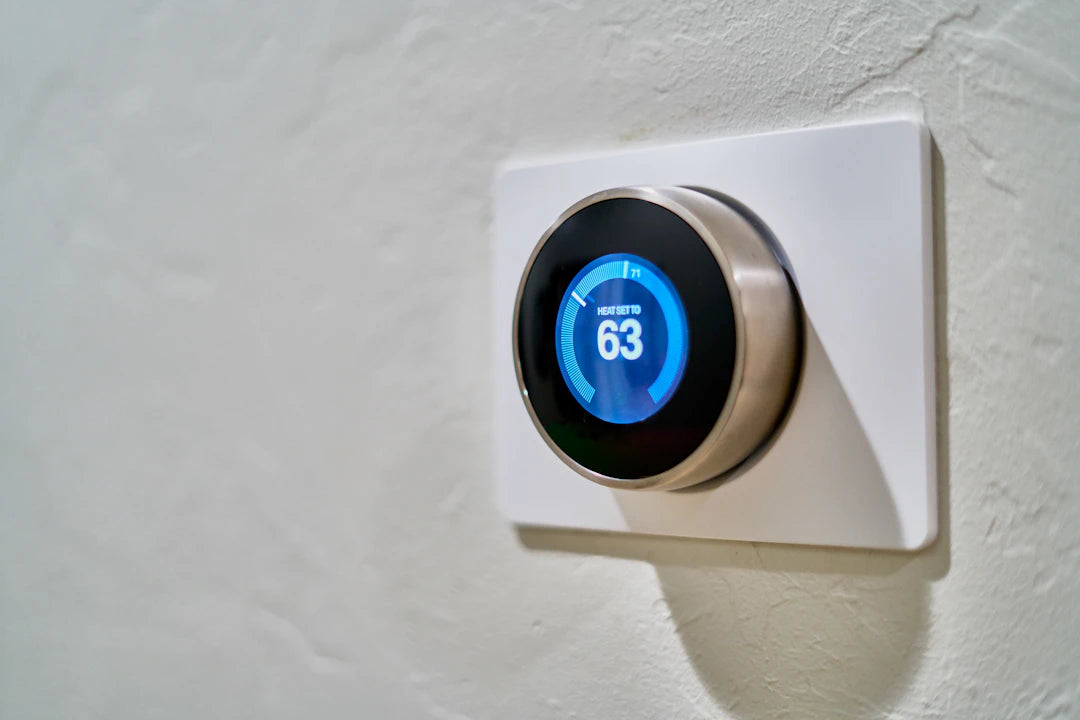Overview
Smart home automation is rapidly evolving, driven by advancements in AI, machine learning, interoperability, and sustainability. Key trends include customized user experiences, predictive maintenance, enhanced device integration, voice control advancements, and a focus on security and privacy. Additionally, health and wellness technologies are being integrated, and user-friendly interfaces are becoming standard. The future promises smarter, more efficient, and accessible living environments.
Frequently Asked Questions
1. What is driving the evolution of smart home automation?
2. How does AI improve user experience in smart homes?
3. What is the significance of interoperability in smart home devices?
4. How are security and privacy addressed in smart home systems?
5. What role does sustainability play in the future of smart home automation?
As we leap further into the 21st century, the realm of smart home automation is evolving at an unprecedented rate. More than just a fleeting technological trend, smart homes are becoming the norm, enriching our everyday lives and enhancing our home environments. With innovations blooming and interconnected devices growing ever more sophisticated, it’s an exciting time to explore what the future holds for smart home automation. In this blog, we will dive into some major trends to watch and how they can redefine our living experiences.
The Rise of AI and Machine Learning in Home Automation
Artificial Intelligence (AI) and machine learning are driving significant shifts in how homes operate. These technologies enable devices to learn user preferences and behaviors over time, ultimately leading to enhanced efficiency and convenience.
Customized User Experiences
Thanks to AI, smart home devices can adapt to the needs and schedules of their users. Imagine a home that understands your daily rhythms—turning on lights as you wake up or adjusting the thermostat as you leave for work. This level of customization not only makes life easier but also promotes energy conservation by only utilizing resources when necessary.
Predictive Maintenance
Moreover, machine learning can help anticipate and resolve potential issues before they escalate. With predictive analytics, appliances can alert homeowners to maintenance needs, thus extending their lifespan and reducing the risk of unexpected failures.
Enhanced Interoperability and Integration
In the past, smart home devices often operated within isolated ecosystems. Today, interoperability is the name of the game. The future of smart home automation revolves around devices communicating seamlessly with one another, creating a unified network that is efficient and user-friendly.
Standard Protocols
The emergence of common standards like Matter is paving the way for interconnected devices from different manufacturers to operate harmoniously. This breakthrough means consumers will have more choices and flexibility without the worry of device incompatibility.
Holistic Smart Home Ecosystems
With enhanced interoperability, homeowners can create holistic smart ecosystems that streamline control and enhance security. For instance, your smart security system can communicate with smart lights or thermostats to create the illusion of occupancy when you are away, fortifying your home against potential intruders.
The Role of Voice Assistants and Natural Language Processing
Voice control has transformed the way we interact with our smart devices. As natural language processing (NLP) technology improves, so does the ability to issue commands and receive intelligent responses. This trend highlights several critical advancements.
Increased User Adoption
With hands-free control becoming the norm, more individuals are likely to adopt smart home technologies. A seamless voice-interaction experience makes it easy for both tech-savvy users and beginners, fostering wider acceptance of smart home automation.
Multi-Lingual Capabilities
As developers continue to integrate multi-lingual capabilities into voice assistants, users from diverse linguistic backgrounds will find smart home technologies more accessible. This global approach not only expands the market reach but also makes smart homes universal.
Focus on Sustainability and Energy Efficiency
Home automation is making strides toward sustainability, driven by the need to reduce our carbon footprint. As climate change becomes a pressing issue, smart home technologies are evolving to prioritize energy conservation.
Smart Energy Management
Devices that monitor and manage energy use are becoming increasingly prevalent. Smart meters, for example, allow homeowners to visualize energy consumption and optimize usage patterns to save on utility bills.
Renewable Energy Integration
Moreover, the future of smart homes is intrinsically linked to renewable energy technologies. From solar panels to energy storage solutions, integrating renewable sources with smart home networks can empower homeowners to actively participate in the energy economy. This integration not only decreases reliance on fossil fuels but also contributes to significant savings in energy costs.
Greater Emphasis on Security and Privacy
With the growing number of connected devices, security and privacy have emerged as paramount concerns for consumers. The landscape of smart home automation is evolving to address these issues head-on.
Advanced Security Protocols
Manufacturers are developing robust security protocols to protect smart home systems from potential cyber threats. Using advanced encryption methods and regular updates, devices can ensure that sensitive user information remains safe from hackers.
Privacy-Centric Features
Moreover, many companies are now prioritizing user privacy. Features like data anonymization and user-controlled data sharing settings empower homeowners to decide what information is collected and how it’s used, fostering trust in smart home technologies.
Integration of Health and Wellness Technology
As health and wellness take center stage in today’s society, smart homes will increasingly integrate health-focused technologies to promote better living environments. This innovation can range from air quality monitors to sleep optimization solutions.
Air Quality and Temperature Regulation
Smart home automation can enhance the well-being of occupants by monitoring indoor air quality and adjusting HVAC systems accordingly. Devices equipped with sensors can detect pollutants, allergens, and humidity levels to optimize air quality, ultimately leading to healthier living spaces.
Fitness and Sleep Solutions
Additionally, the future of smart home automation will likely include tools designed to monitor fitness and sleep patterns. Smart beds and sleep trackers may provide insights and suggestions for improving sleep quality, creating a holistic living experience focused on health.
User-Friendly Interfaces and Accessibility
The trend towards user-friendly interfaces will continue to grow as the smart home market evolves. Companies are prioritizing intuitive apps and control systems that cater to users of all ages and technical abilities.
Mobile Control and Remote Monitoring
Mobile control apps will become more sophisticated, providing users with a comprehensive overview of their smart home systems. These applications will not only allow homeowners to control devices remotely but also send alerts and notifications, ensuring proactive management of their home environment.
Accessibility for Everyone
Designing systems with accessibility in mind is essential for many individuals. Future interfaces will incorporate features like voice control, adjustable font sizes, and high-contrast themes to cater to users with disabilities, ensuring everyone can benefit from smart home technology.
A Bold Leap Towards the Future
As we look forward to the future of smart home automation, it becomes crystal clear that the landscape is shifting toward a more intelligent, efficient, and user-friendly experience. From AI and machine learning to increased interoperability and a focus on sustainability, the technologies shaping our homes are numerous and exciting.
In this transformative journey, security and privacy remain critical components, ensuring that homeowners can embrace innovation without compromising their personal data. With health and wellness becoming a priority, incorporating these aspects into smart home ecosystems will further enhance our living environments.
As you navigate the world of smart home automation, staying informed about these trends will empower you to make the most of the tools available to improve your life, the environment, and your overall well-being. The future is indeed bright and connected, and we’re just getting started!

